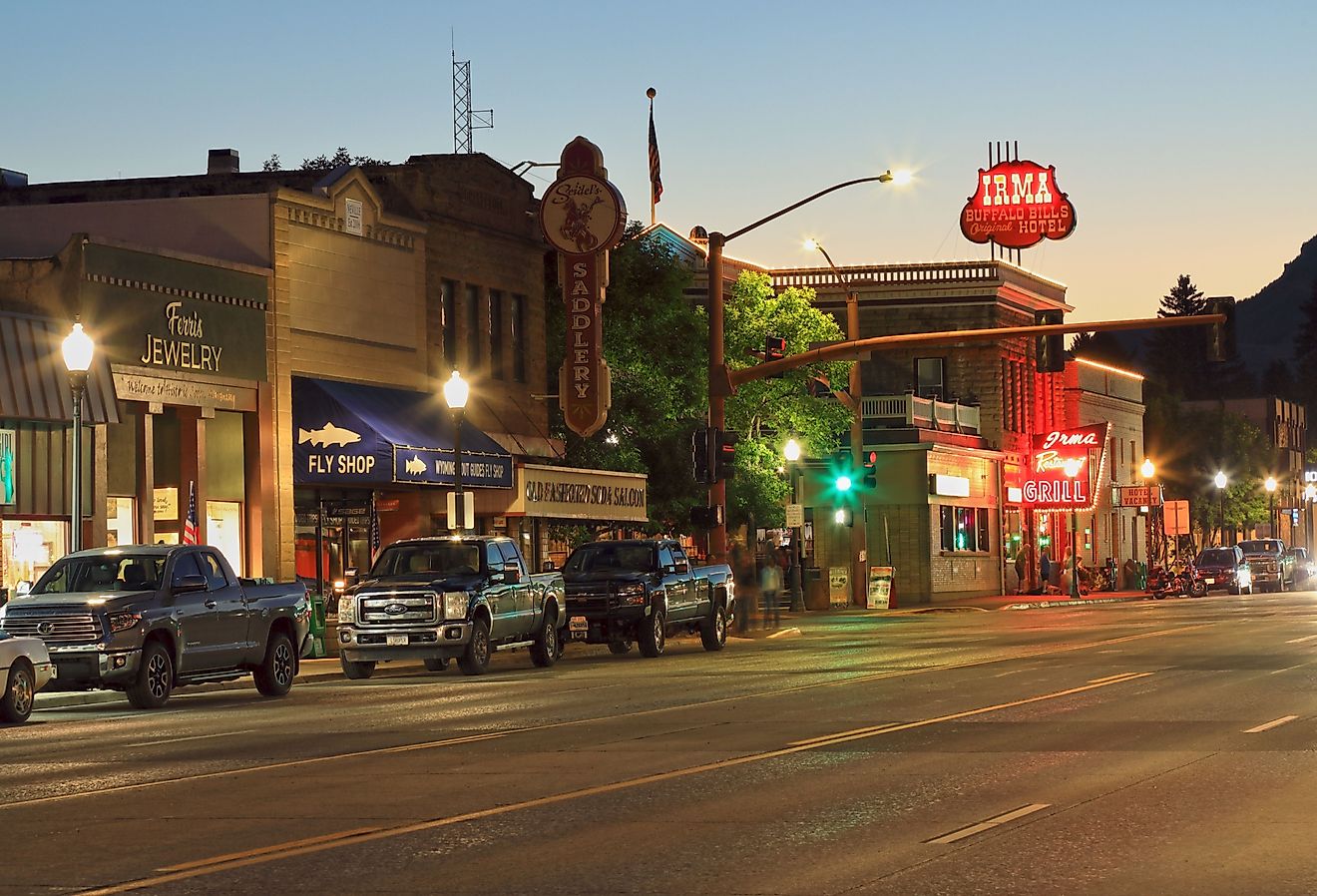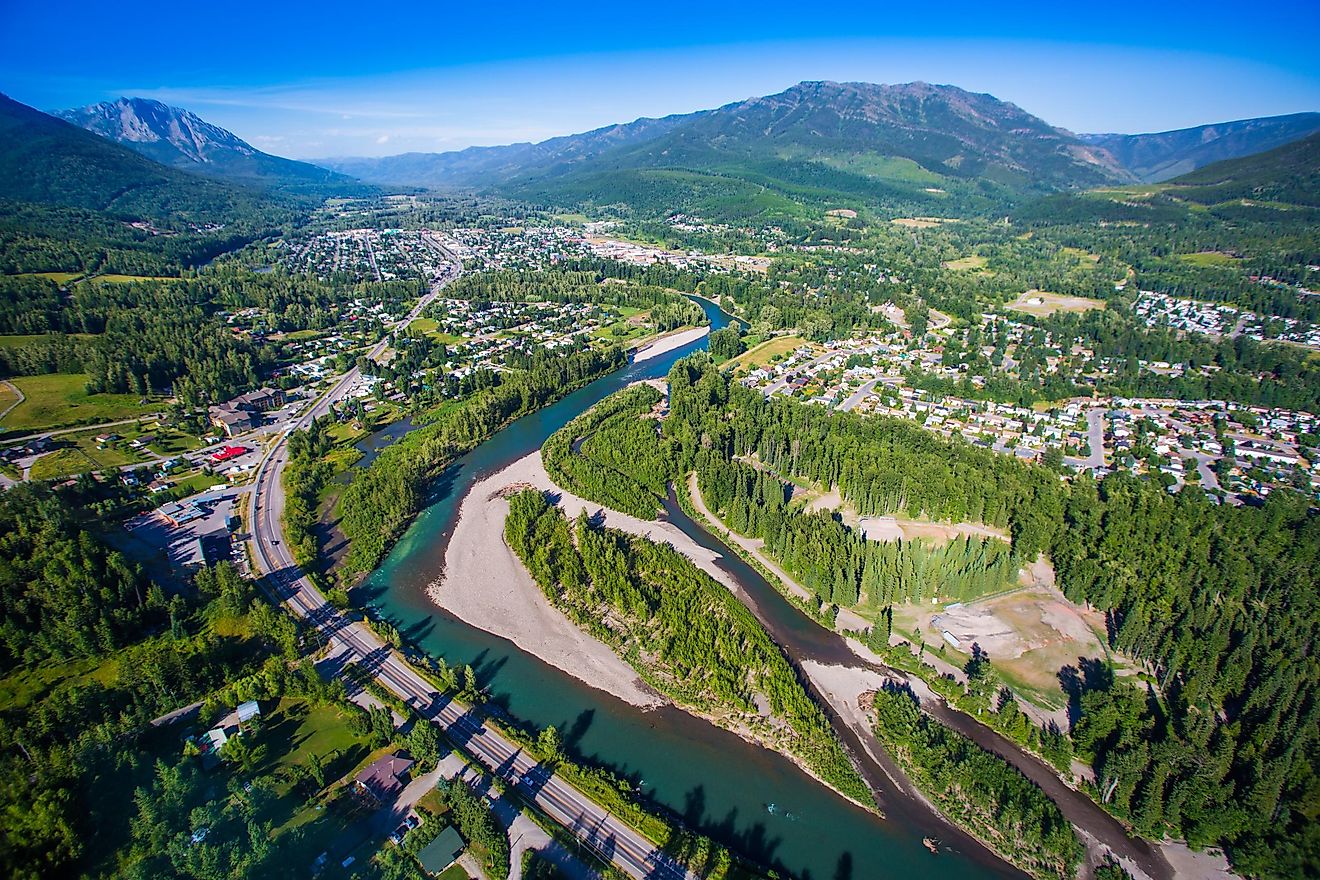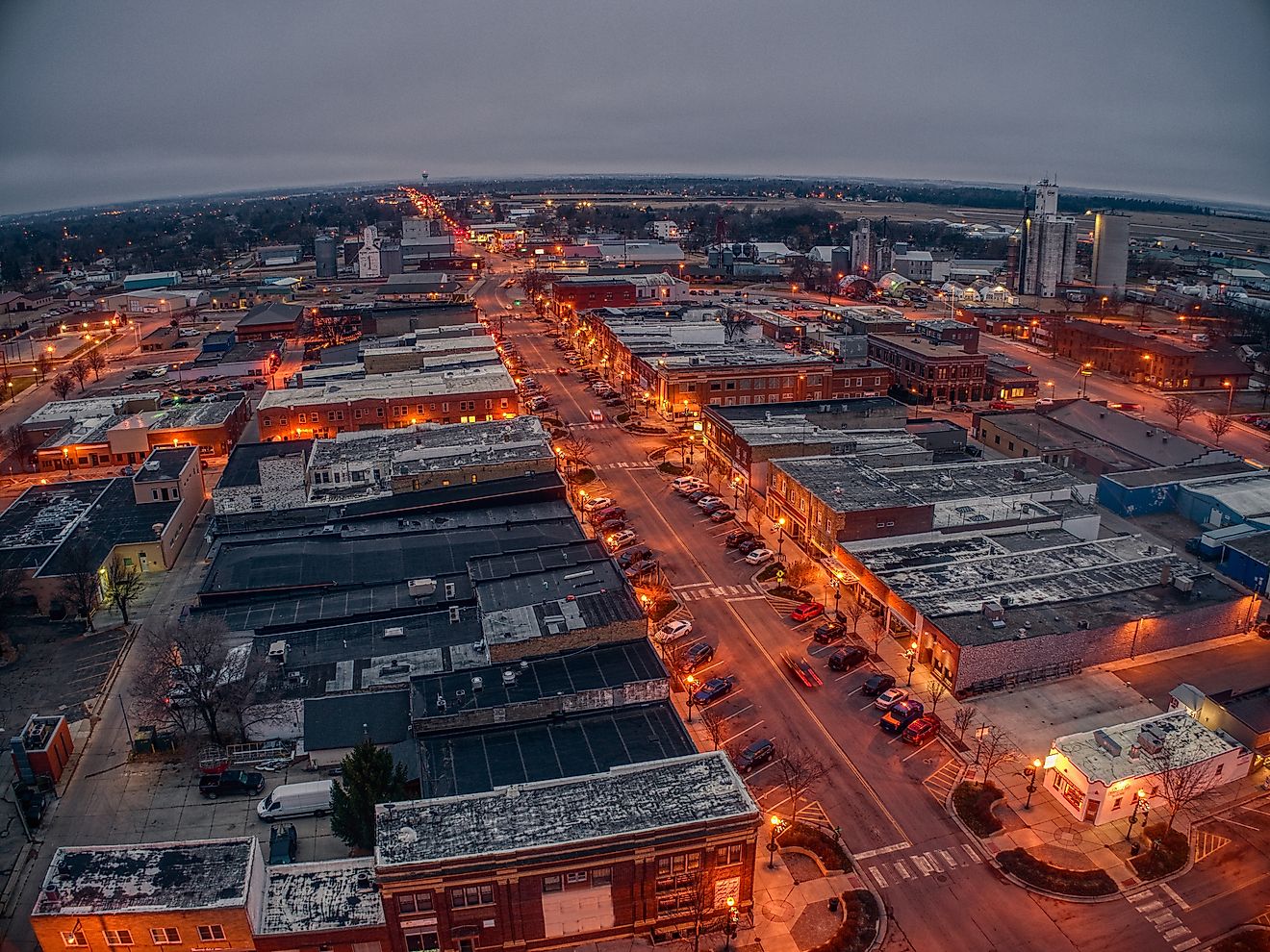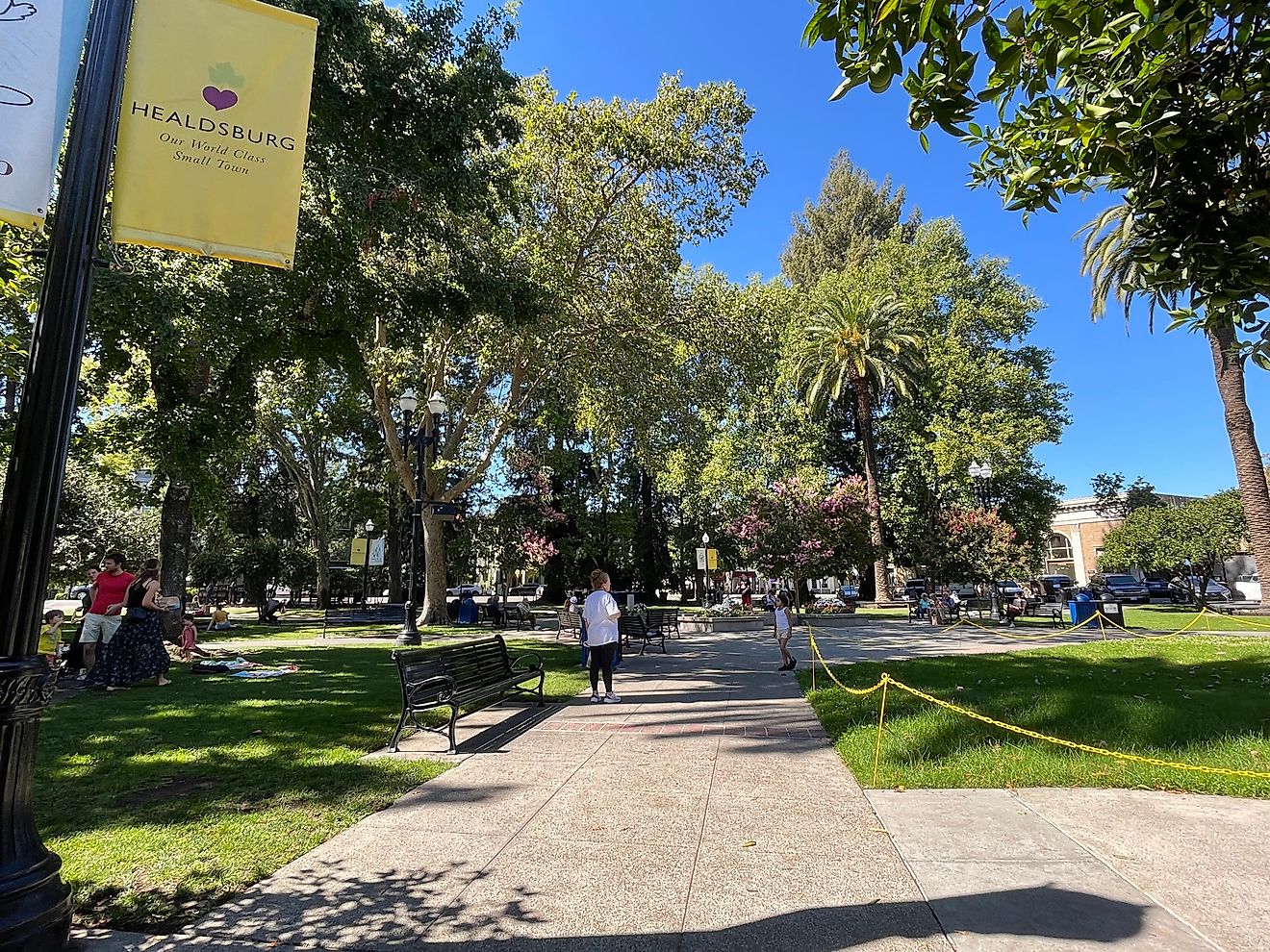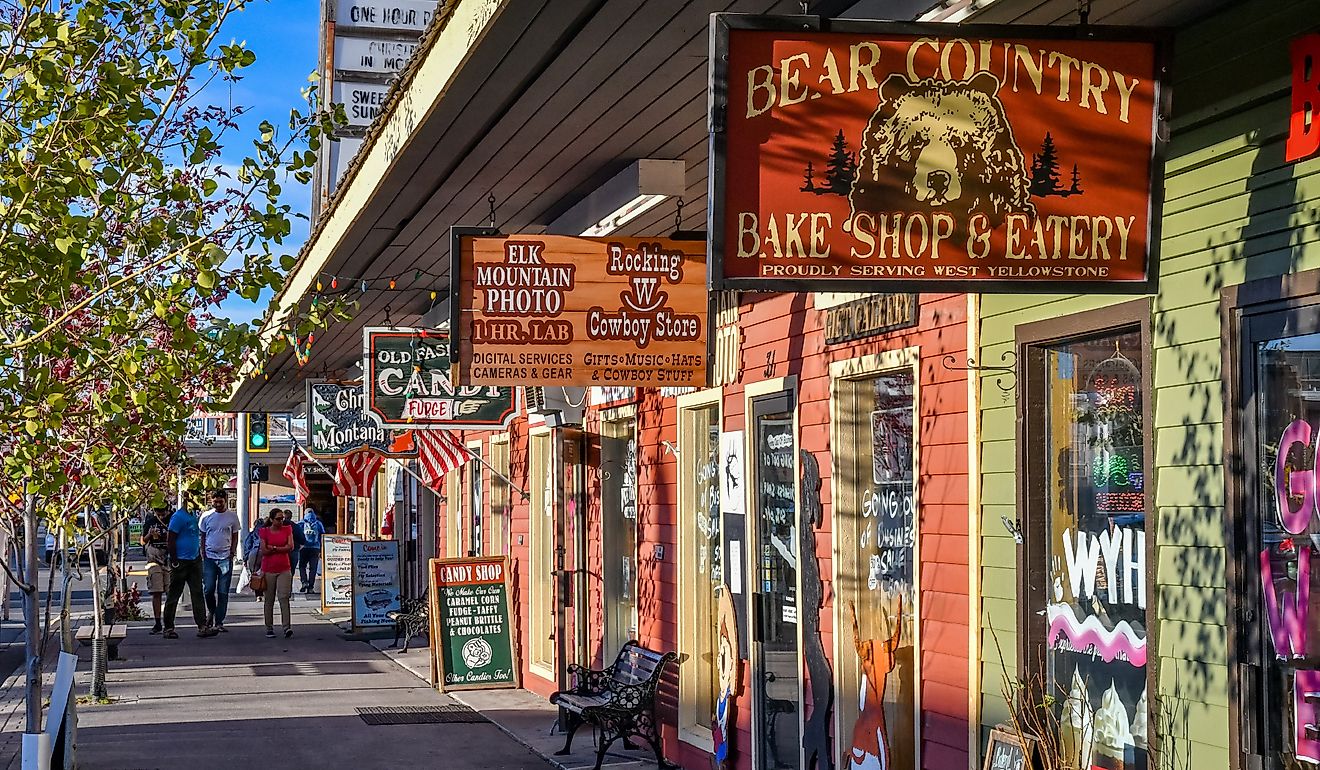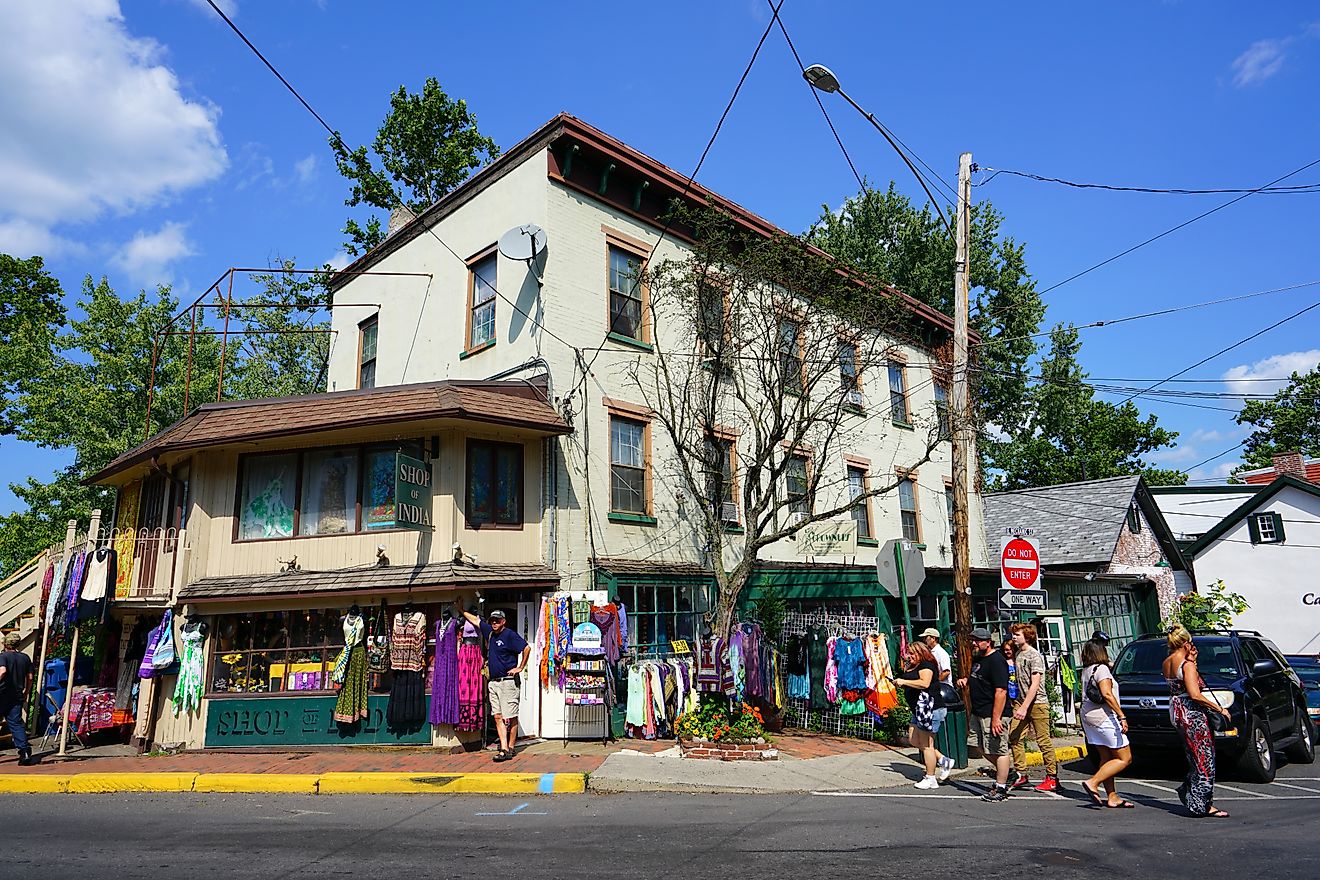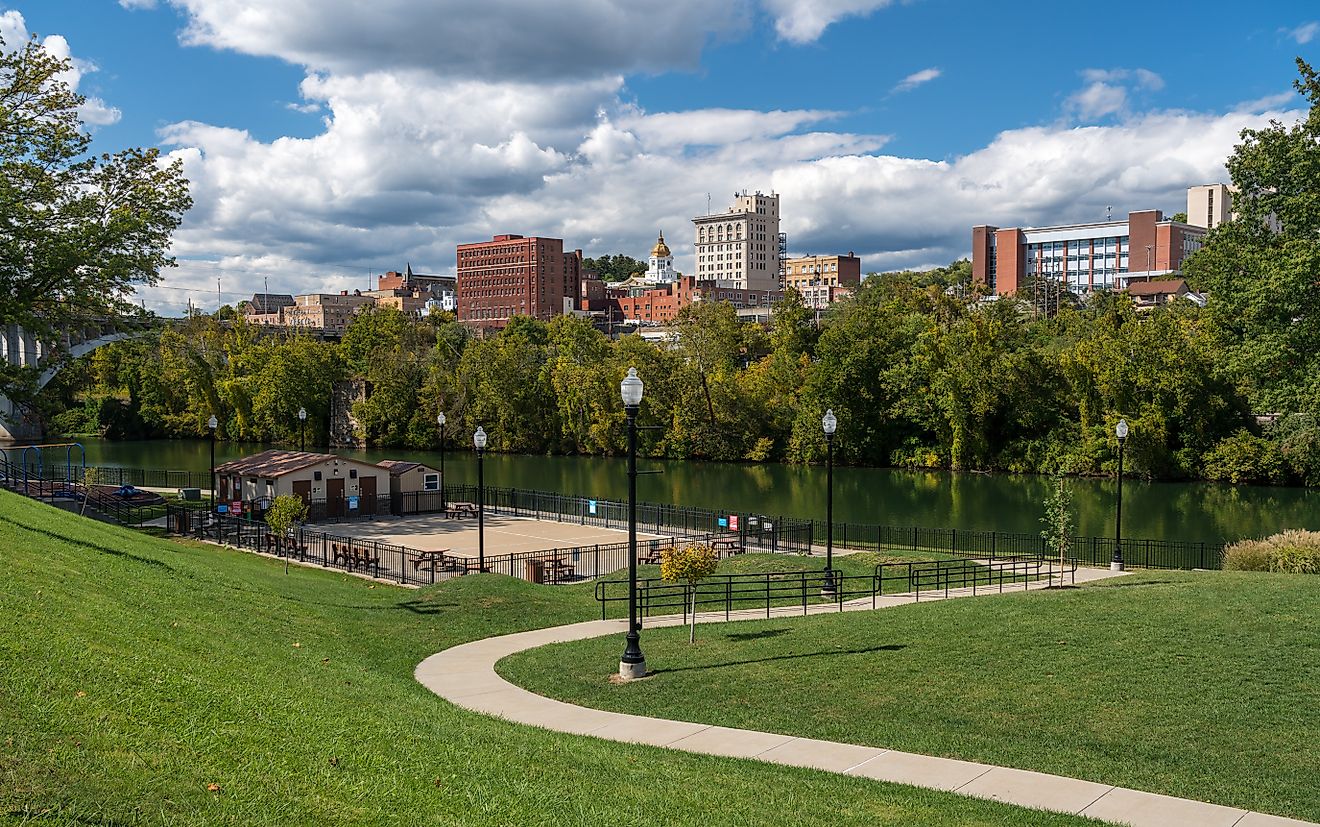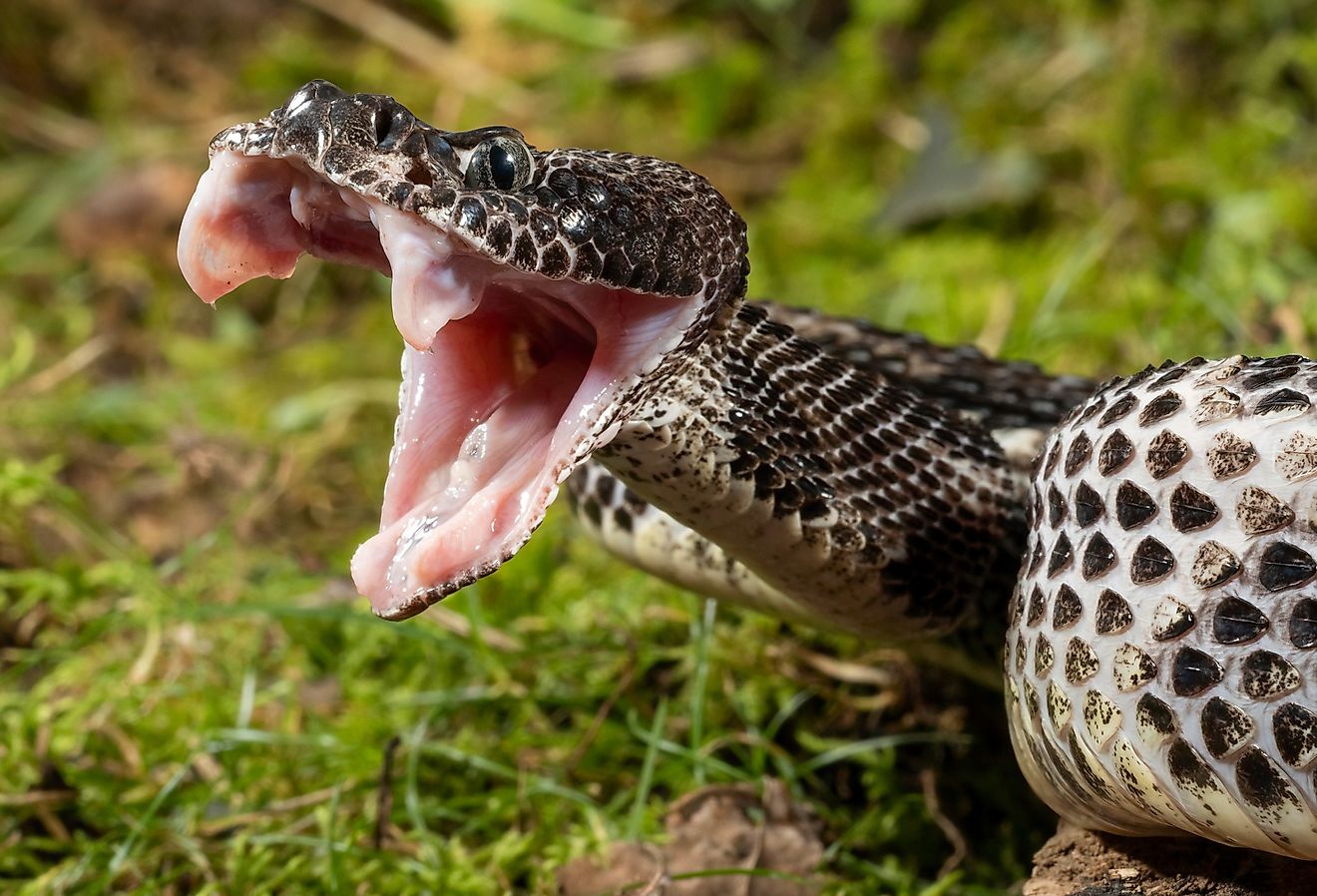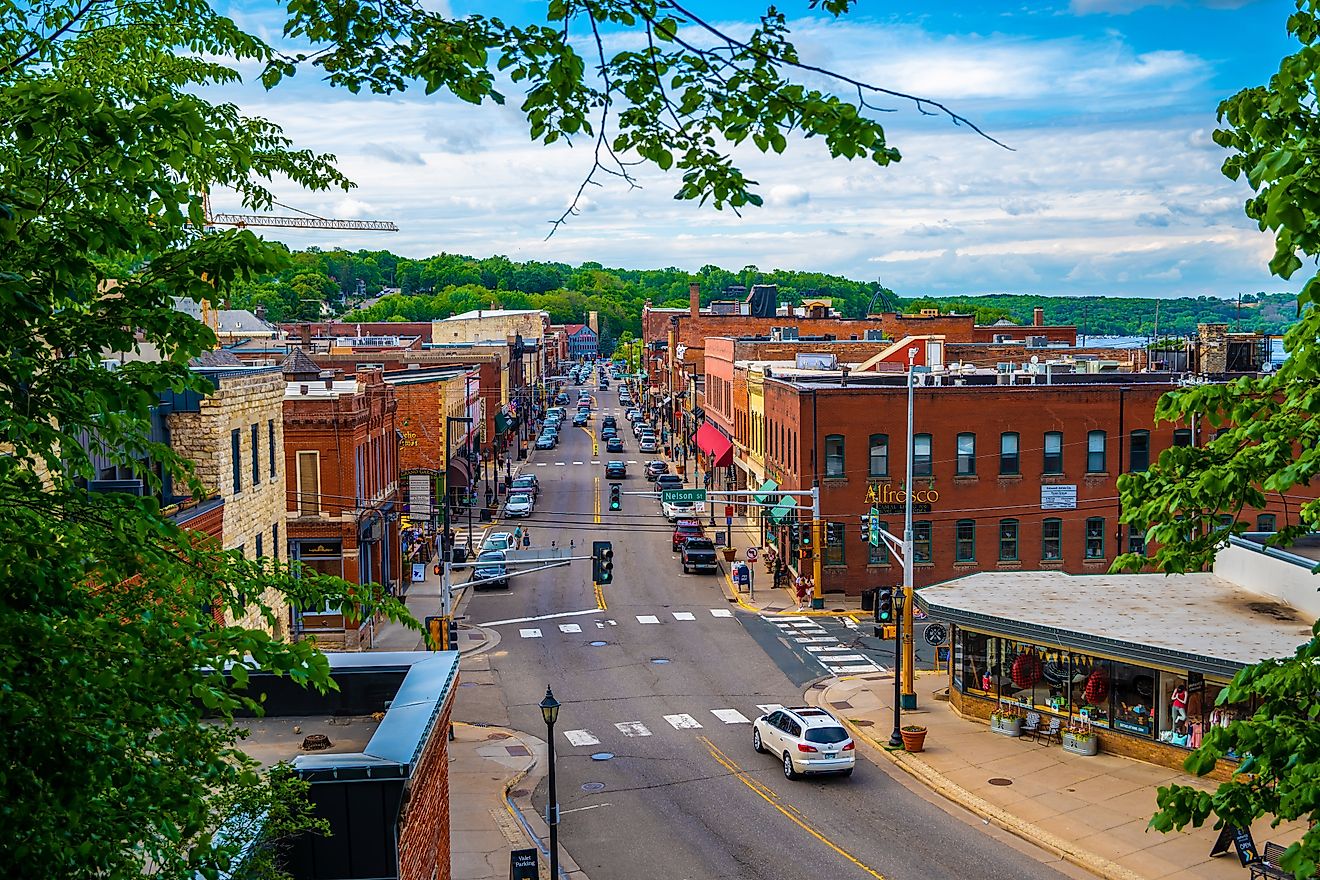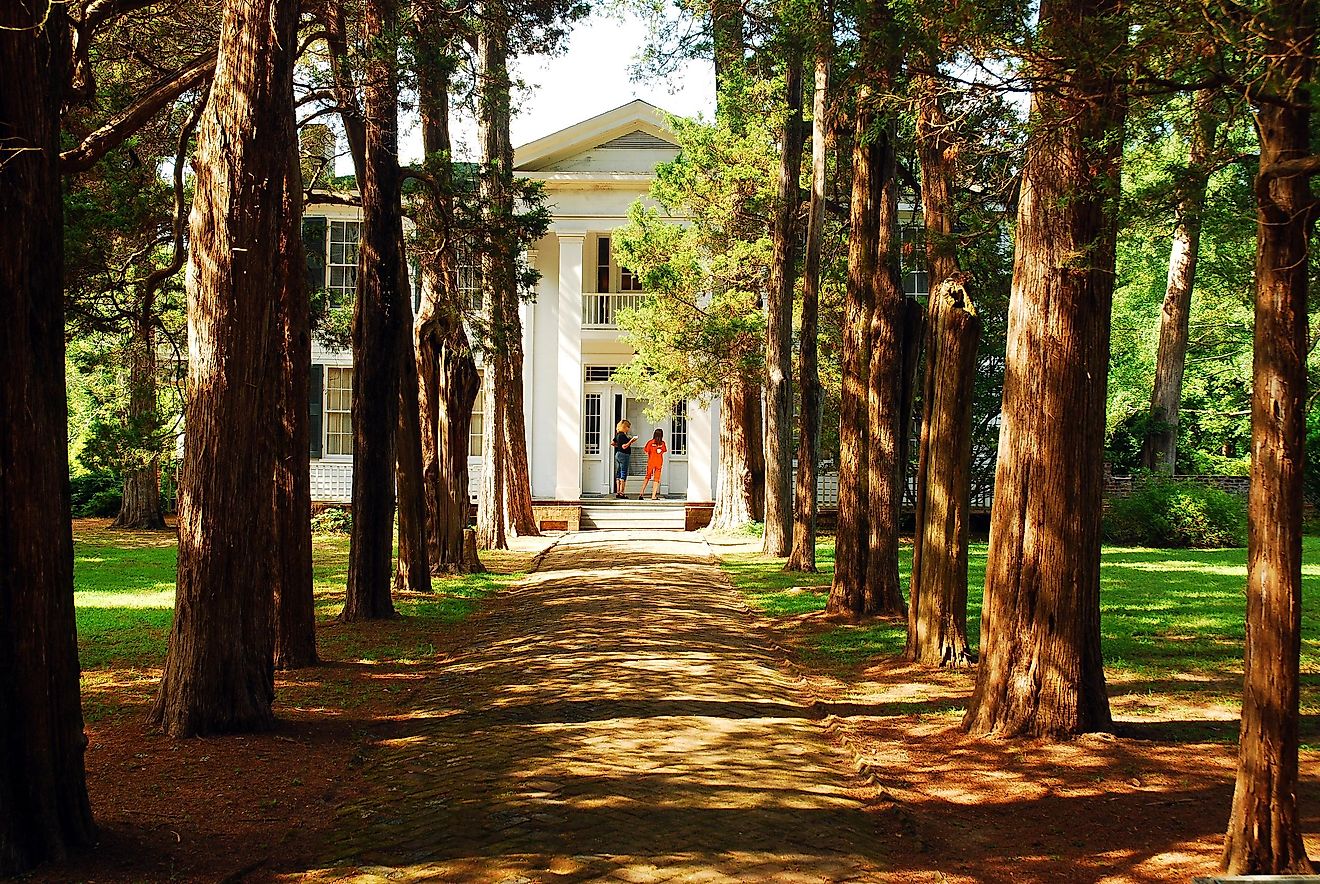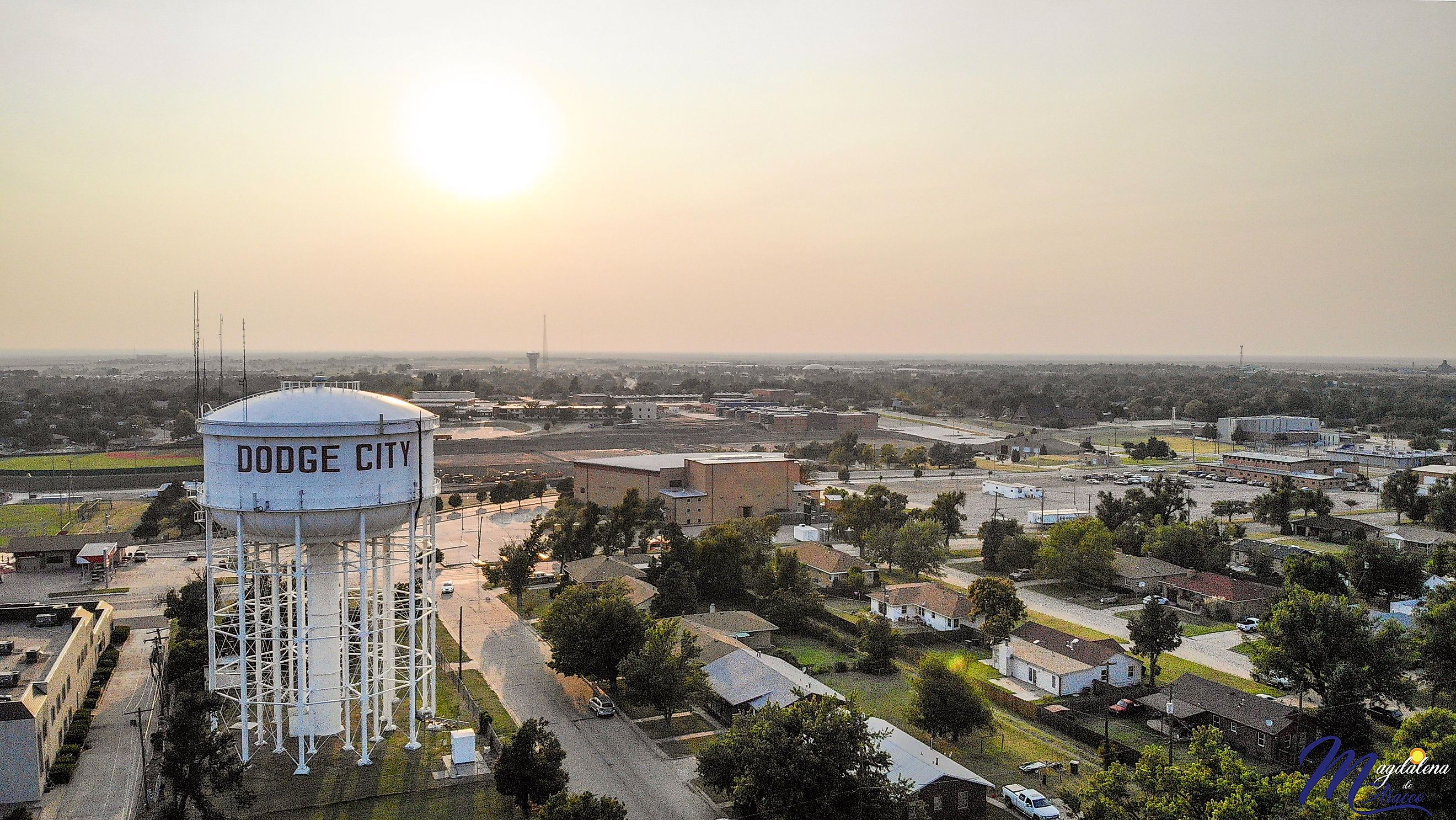
12 Nicest Small Towns In Kansas
Placed right at the geographic center of the contiguous 48 is the arresting, landlocked American Midwest state of Kansas. Populated for thousands of years by Plains Indians and deemed as one of the most productive agrarian states of the country, "America's Heartland" captivates out-of-towners from far and wide. Taking into account that oftentimes the urban areas, particularly the most populous Wichita, Overland Park, and Kansas City, together with the state capital, Topeka, are the highest crowd-pullers, the dozens of nice small towns speckling the Sunflower State are topmost preferences for your upcoming minibreaks or lengthy retreats.
Wamego
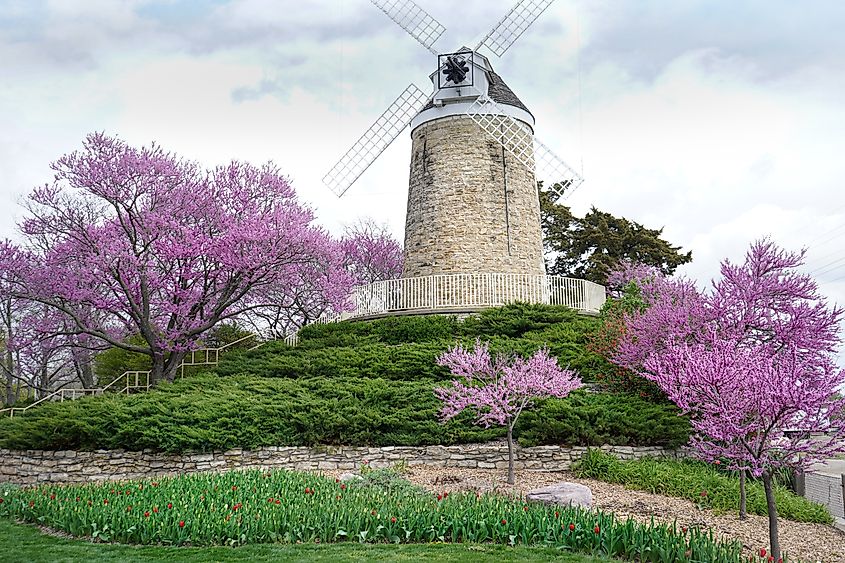
This teeny Pottawatomie County settlement in Northeast Kansas, titled after the native Potawatomi tribe chieftain, sits right next to the Kansas River at the crossing of K-99 and US-24 highways, roughly 14 miles east of Manhattan, Kansas. Holidaymakers visiting this "Small Town with Big Experience" get to inspect the well-liked tourist draws such as the 12-acre Wamego City Park, Mount Mitchell Heritage Prairie Park, and the Oz Museum, which houses more than 25,000 Oz artifacts. In addition, check out the Downtown District’s antiquities shop, like Audity Ally Emporium, and eateries like Friendly Cooker Restaurant.
Council Grove
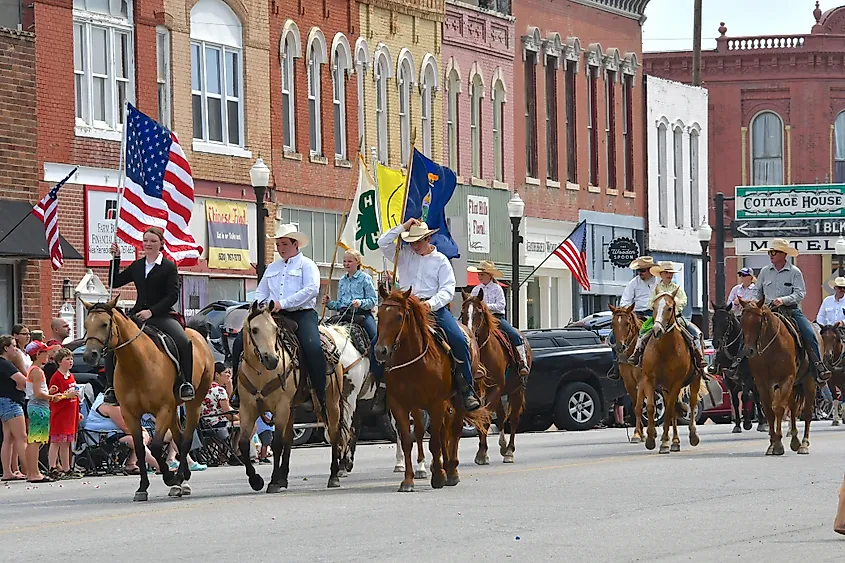
Founded at the outset as an Indian campground in an oak grove close to the Neosho River, Council Grove serves as the county seat of east-central Kansas’ Morris County. Excursionists in this remarkable stop on the erstwhile Santa Fe Trail have got to scout some of the town’s attention-getting sites, including the Kaw Mission State Historic Site, a historic church mission; Council Grove Aquatic Center; and Allegawaho Heritage Memorial Park; site of the last Kaw Indian village in Kansas. Pay a visit to the neighboring Council Grove Federal Reservoir and Council Grove City Lake for copious leisure-time activities, and turn up at the Neosho Riverwalk Amphitheater on the third weekend of June every year for the Washunga Days Festival.
Leavenworth
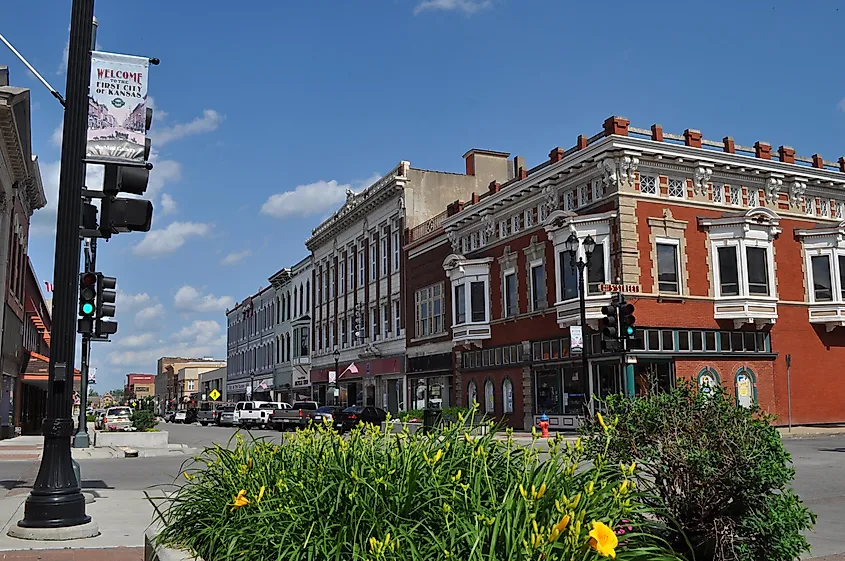
Dubbed the "First City of Kansas," Leavenworth is the Kansas Territory’s inaugural incorporated community, laid out on the site of the 1827-built Fort Leavenworth on the western shores of the Missouri River in the northeastern part of the state. Being the seat and a major town of Leavenworth County, Leavenworth’s pivotal role as a supply base in the Old West appeals to many history fanatics who crowd to view the conspicuous attractions, such as the Fort Leavenworth Army Installation at the oldest continually active fort west of the Appalachians, the Leavenworth County Historical Society Museum at the Victorian-era Edward Carroll House, and the Buffalo Soldier Memorial Park which honors servicemen and women. Come to Leavenworth’s Haymarket Square and join the annual Mayor’s Holiday Tree Lighting & Downtown Parade event on the Friday before Thanksgiving.
Colby
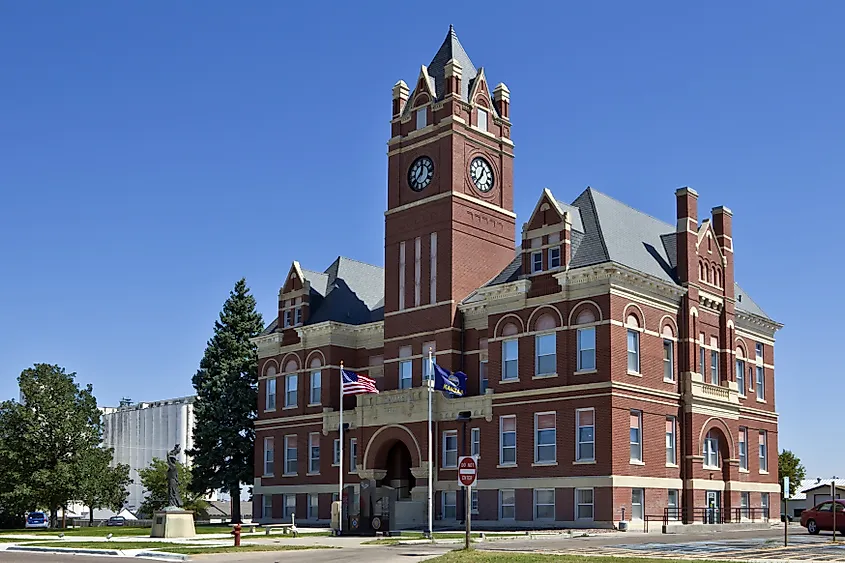
Colby, a progressive agricultural community and the seat of government of Thomas County, sits on the southern side of Prairie Dog Creek in Northwestern Kansas’ High Plains region. Architecture buffs will want to survey the iconic Thomas County Courthouse and the sand-colored art-deco Colby City Hall. They will also go nuts for the nonprofit Prairie Museum of Art and History, which is maintained by the Thomas County Historical Society and houses The Cooper Barn, known as the largest barn in Kansas, in the museum complex. Aside from this, get involved in limitless recreations at Villa High Park and Fike Park, and attend yearly community events like the Thomas County Fair in July and the Sunflower Festival in August.
Atchison
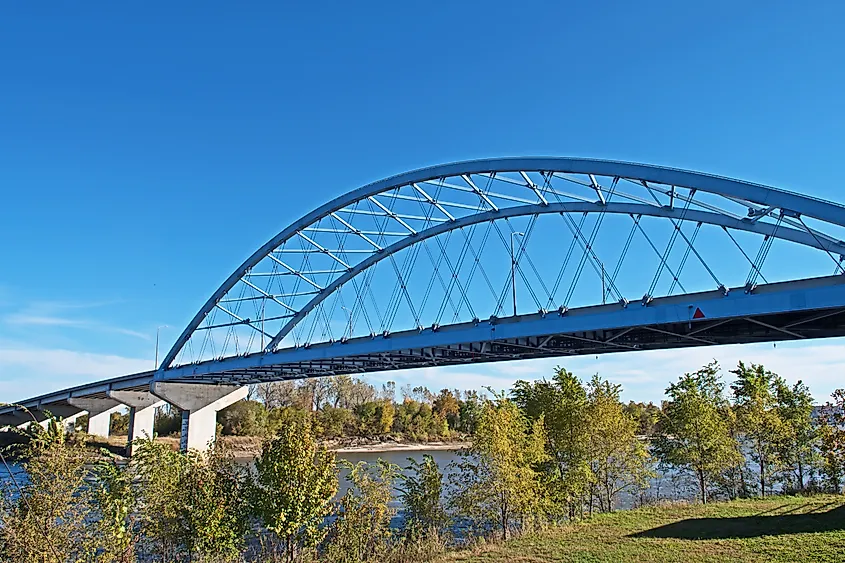
Named ‘Atchison’ as a tribute to the Missouri Senator David Rice Atchison, this seat of government of northeastern Kansas’ Atchison County is situated at the intersection of U.S. Route 59 and U.S. Route 73 highways, on the western shores of the Missouri River. Spellbinding tourists with the impressive Victorian structures along the streets and the town’s wondrous waterside placement presenting sublime panoramas of the Missouri River bend, Atchison synchronically entices vacationers with the Muchnic Art Gallery, the Amelia Earhart Birthplace Museum, which honors the pioneering aviator, and the haunted Sallie House. Enjoy excellent cuisine served by the family-owned and managed Paolucci Restaurant Deli & Lounge.
Dodge City

Dodge City, named after the proximate Fort Dodge, is the center of administration of southwestern Kansas’ Ford County, located by the side of the Arkansas River in the Great Plains’ High Plains subregion on top of the Ogallala Aquifer. In the early years, the settlement reaped distinction as an important Wild West frontier hamlet infamous for lawlessness and replete with saloons, gambling halls, and brothels. But from the mid-1800s, this anarchic town steadily developed into a tranquil community, charming tourists with the Santa Fe Trail remains, formed by decades of wagon wheel use, and the Mueller-Schmidt House/Home of Stone, an 1880s limestone house featuring antiques. Plan your visit to the town from July 25 to August 3, 2025, to be present at the Dodge City Chamber of Commerce-hosted Annual Dodge City Days celebration, featuring a parade, a rodeo, a barbeque contest, and more.
Lindsborg
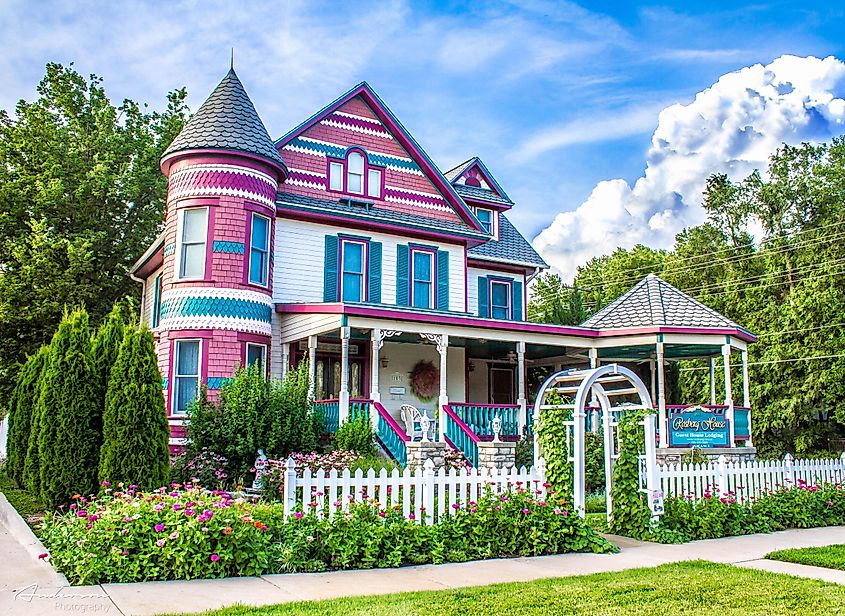
Home to 3,776 residents as per the 2020 US Census, this tiny McPherson County town, which was foremostly settled by immigrant families stemming from Sweden’s Värmland province, is situated about an hour north of the state’s most populous city. Commended for its robust Scandinavian origins and artistic scenes, trippers touring this ‘Little Sweden, USA’ should not overlook the bunch of Dalecarlian horses beautifying the sidewalks, the many Downtown Swedish souvenir-selling shops, the Birger Sandzén Memorial Art Gallery on the Bethany College campus, and the Lindsborg Old Mill & Swedish Heritage Museum, where one gets to gain insight into the town’s bygone decades. Also, show up at the Lindsborg’s Biennial Svensk Hyllningsfest slated to be held on October 17 & 18, 2025, which honors Swedish pioneers.
Cottonwood Falls
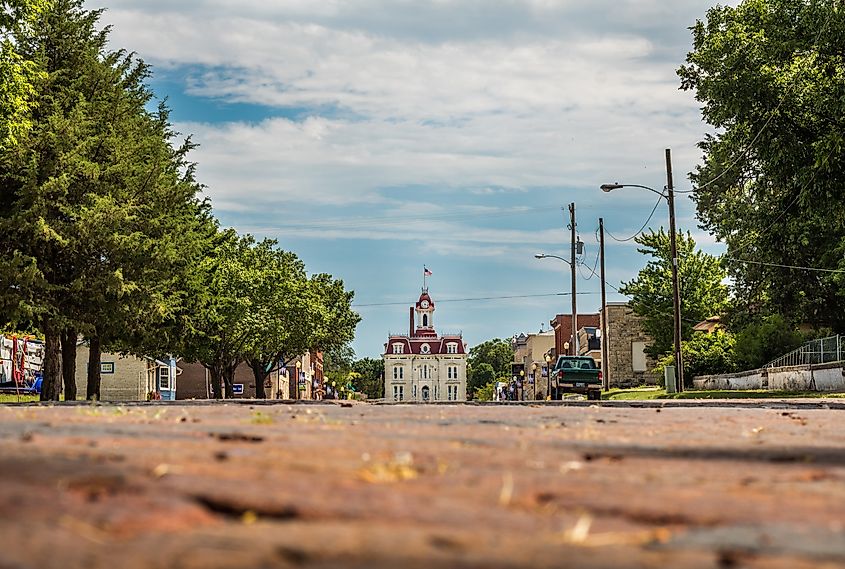
Chase County’s government seat and its largest community, Cottonwood Falls is set along the southern banks of the Cottonwood River, right at the core of the Flint Hills region. The town’s most statuesque attraction is the National Register-listed Chase County Courthouse, which was constructed in Second Empire style using locally mined limestone and is the most antiquated persistently operating courthouse in Kansas. When in town, stroll the paved streets of the Downtown, inspecting the notable Flint Hills Art Gallery, retro shops like the Vintage Bulldog, and top-ranking restaurants such as the Grand Grill in the Grand Central Hotel. To escape into nature, check out the Cottonwood River Dam & Bridge or the trekking trails of Tallgrass Prairie National Preserve.
Norton
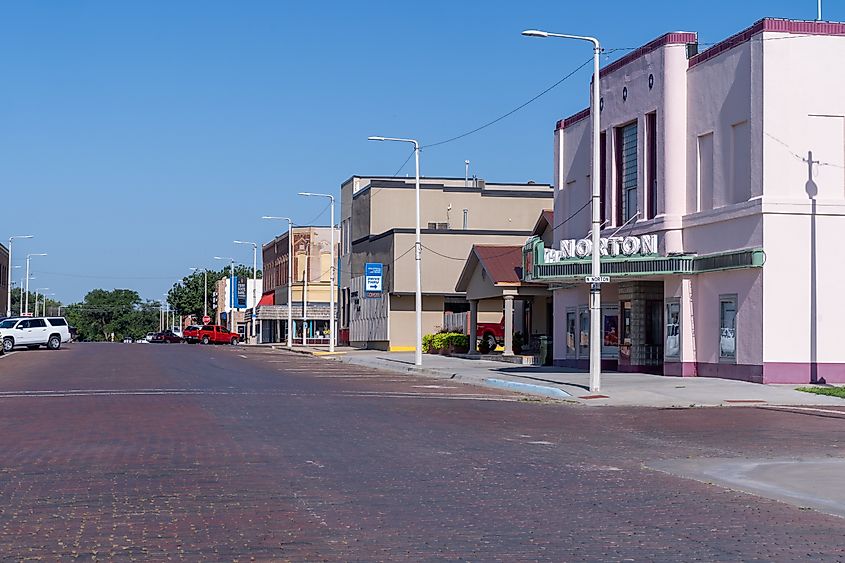
Norton, christened after Captain Orloff Norton, is a 2,747-inhabitant town occupying the High Plains on the northern side of Prairie Dog Creek, exactly 11 miles from the state boundary with Nebraska. Covering a significant portion of this Norton County administrative center is the Norton Downtown Historic District, which spans over 19 acres and features numerous historic structures (the imposing Norton County Courthouse being the most prominent), and plentiful small businesses filling the brick-laid streets. Consonantly, sightseers ought to discover tourist highlights such as the Norton Aquatic Center, Prairie Dog State Park, and Norton County Historical Museum, besides enjoying the matchless retail indulgence proffered by several businesses on U.S. Highway 36.
Fort Scott
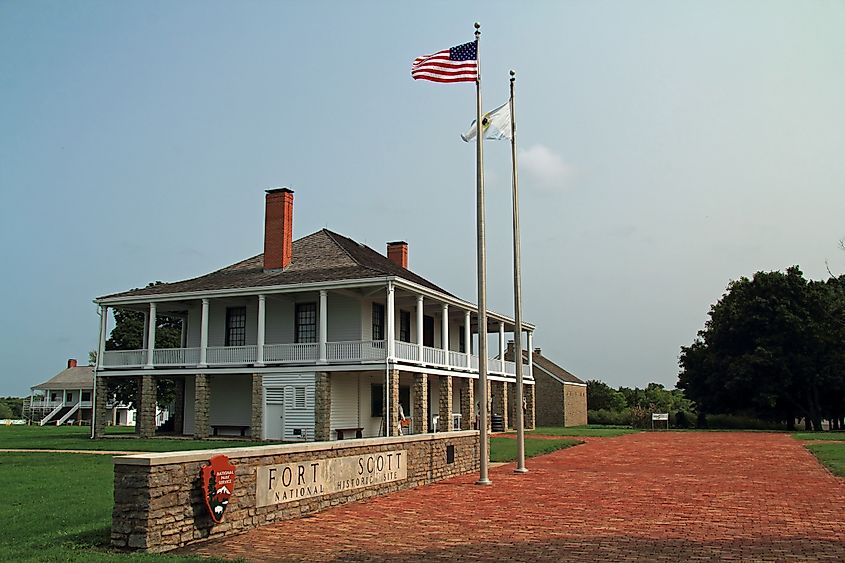
Initially set up as a US Army garrison in the 1850s, Fort Scott, named after the 19th century military General Winfield Scott, is situated on the Osage Plains in southeastern Kansas, on the southern banks of the Marmaton River. Heritage enthusiasts are particularly drawn to this Bourbon County seat and a key frontier city post the American Civil War, to explore the Fort Scott National Cemetery, which holds Civil War remains, and Fort Scott Historic Site, a preserved 19th-century military fort. Visitors can also check out the multiple art galleries like The Artificers and the performing arts space, The Liberty Theatre, in the magnetic downtown. Plus, head to the 155-acre Gunn Park to partake in hiking, golfing, fishing, and camping activities.
Lucas
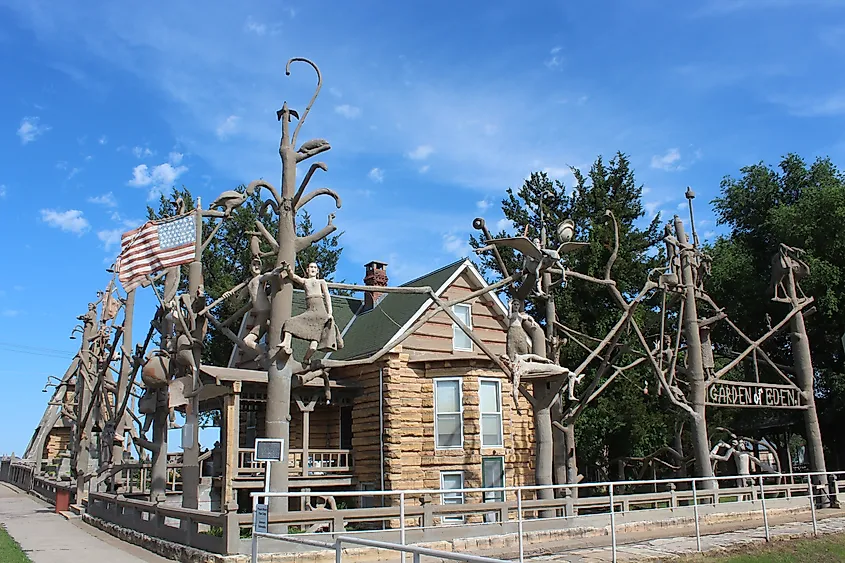
Lucas, a quirky Russell County community situated at the crossing of K-232 and K-18 highways in north-central Kansas, is almost 115 miles northwest of Wichita. Universally acknowledged for its sites linked to local folk art, the town has been perfectly dubbed as the ‘Grassroots Art Capital of Kansas.’ Make sure to take note of Lucas’ conspicuous art-centric lures, including the celebrated sculptor Samuel Perry Dinsmoor’s ‘Garden of Eden,’ the Grassroots Art Center, and the World’s Largest Collection of the World’s Smallest Version of the World’s Largest Things Traveling Roadside Attraction & Museum.
Abilene
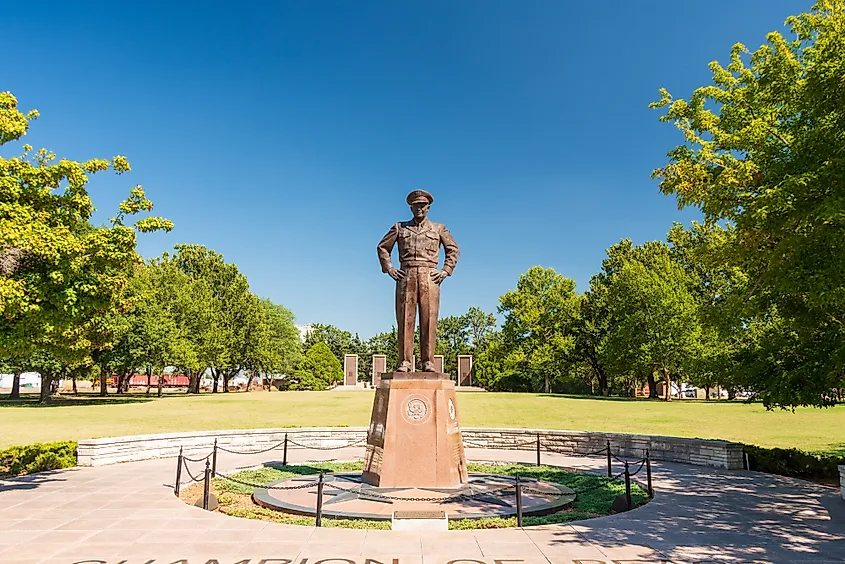
An American frontier settlement in east-central Kansas’s Flint Hills region, Abilene is the seat of Dickinson County, located on the northern side of the Smoky Hill River. Founded by Timothy Hersey in 1858 as a stagecoach stop and named ‘Mud Creek,' the community was renamed in 1860 as ‘Abilene’ in reference to a Biblical passage. With its former Wild West lifestyle, this pretty town is far-famed for being the dwelling place of the 34th US President, Dwight David Eisenhower. Some of Abilene’s noteworthy attractions include the Dwight D. Eisenhower Presidential Library & Museum, the Heritage Center of Dickinson County, the World’s Largest Belt Buckle, and the Great Plains Theatre.
From Lindsborg’s Swedish heritage to Dodge City’s frontier spirit, each of the pleasantest petite towns in the nation’s 15th largest and 36th most populous state enchants holidaymakers with their distinctive charisma. If you are willing to be amazed by the multitude of tourist highlights, oggle at the fascinating centuries-old historically important buildings, have a quick look at the downtown’s small businesses, wander the nonpareil tallgrass prairie landscapes, and soak in the diverse cultures, then travel directly to these nicest Wheat State towns.
